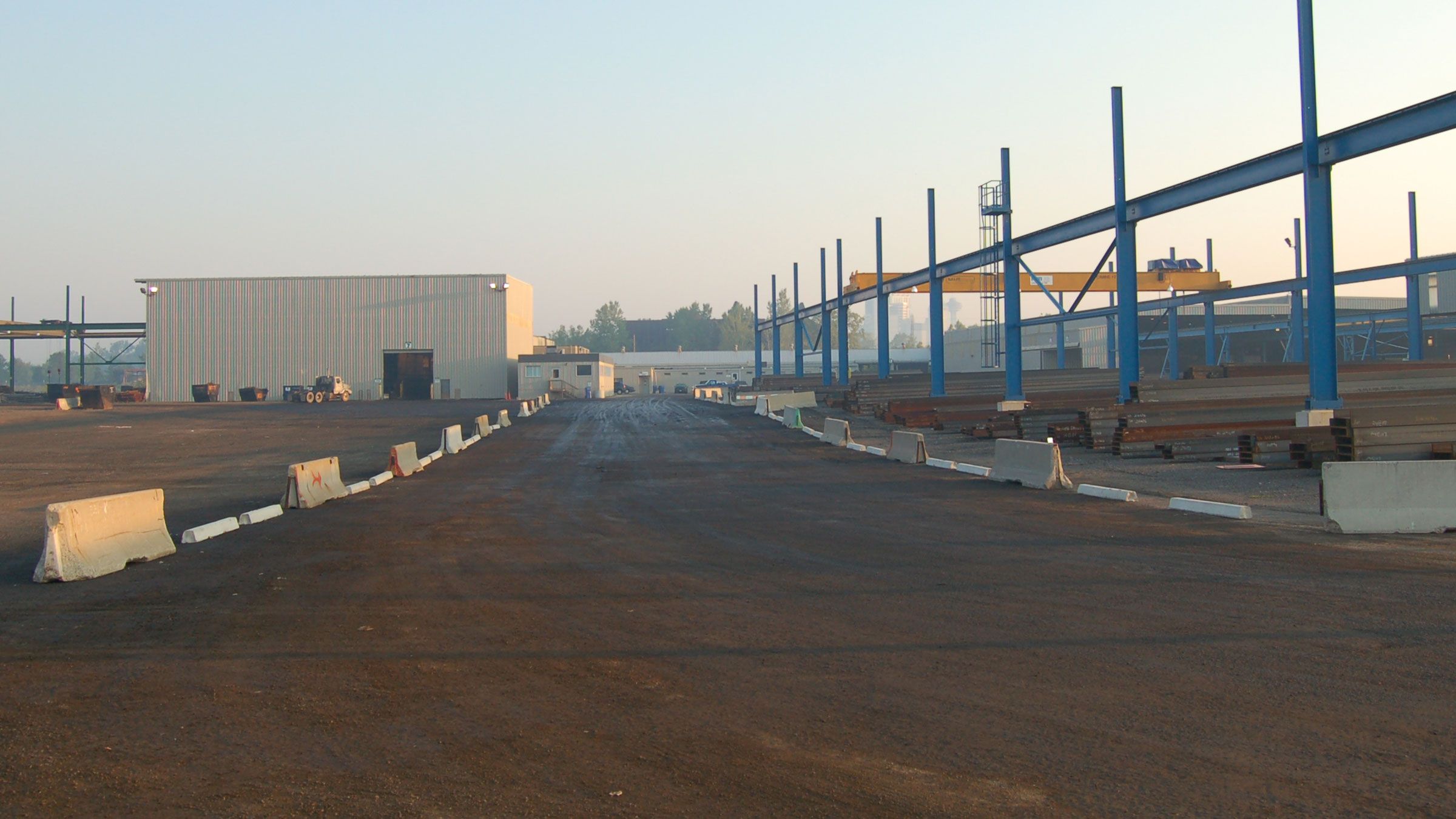AI has a lot of fans in business. But does it actually make money?

The growth of AI in the last few years has demonstrated two things.
One, that the technology is capable of producing a range of slick if highly suspect images and video. And two, that a whole lot of people are convinced it will soon suffuse every aspect of modern life.
From creating art to providing customer service to synthesizing reams of medical data, artificial intelligence has been hailed as transformational, leading to billions in investment and turning Nvidia — the California-based firm that makes the underlying processors — into one of the most valuable companies in the world.
The global consultancy PriceWaterhouseCoopers has forecast that AI could contribute “up to $15.7 trillion to the global economy in 2030, more than the current output of China and India combined.”
While AI’s inevitability has been a recurring refrain in much of the business media of late, there has been a small chorus of skeptics demanding proof of its ability to do what corporations need most: make money.
“There really has not been an industry like generative AI before, which just bleeds insane amounts of money while also really not doing enough,” said Ed Zitron, a Las Vegas-based tech critic and host of the podcast Better Offline, who has long talked about the apparent chasm between the promises of AI and its actual return on investment.
Late last month, Goldman Sachs joined the group chat, becoming one of the first major investment banks to question the hype around AI, with a report entitled Gen AI: Too Much Spend, Too Little Benefit?
In it, Jim Covello, the bank’s head of global equity research, said the sheer cost of the technology hampers any financial gains, that Nvidia’s monopoly means processor prices won’t come down anytime soon and “that 18 months after the introduction of generative AI to the world, not one truly transformative … application has been found.”
Zitron says the Goldman Sachs report represents a “serious” rebuke of the AI narrative.
“Generally, when the money people are saying, ‘I don’t know about this,’ that’s a bad time for everyone,” he said.
A world of promises
Artificial intelligence has been a going concern for decades, but the release of virtual assistant ChatGPT in the fall of 2022 publicly demonstrated the capabilities of large language models and captured the popular imagination.
While many people have been gobsmacked by ChatGPT’s ability to conjure computer code and whole essays based on a few prompts, its rise has been equally abetted by the futuristic scenarios laid out by Sam Altman, CEO of OpenAI, which developed ChatGPT.
Sam Altman is back in charge as CEO of OpenAI after being ousted by the company’s board. Andrew Chang explains why the man famous for bringing ChatGPT to the world was fired, then rehired — and what it could mean for the future of one of the world’s most powerful AI innovators.
Altman recently asked people to consider a time when we’ll be able to ask artificial intelligence to “discover all of physics” or “start and run a great company” and that “it can go ahead and do that.”
Zitron says many people in the business community have been content to accept such vague promises.
“Right now, what you’ve just got is a lot of followers in tech. You’ve got a lot of people who need [AI] to be the future,” he said. “When the markets realize there’s no revenue growth coming from this … it will lead to a panic.”
Joshua Gans, a professor and economist at the Rotman School of Management at the University of Toronto, says that when large language models like ChatGPT perform well above expectations, it “implies that [the technology] would be of enormous economic value right away. But invariably that isn’t the case.”
Gans, who co-authored the book Power and Prediction: The Disruptive Economics of Artificial Intelligence, believes AI “has legs” in terms of profitability, but acknowledges that productivity gains “don’t instantly happen.”
“You can simultaneously believe that AI is going to have enormous consequences for economic productivity in the future and at the same time believe it’s going to take a while.”
Where is AI’s ROI?
Amazon, Google and Microsoft are reportedly spending billions on AI every quarter and venture capital has streamed into startups like Anthropic and Hugging Face. But there has been little proof the technology is improving the bottom line for anyone beyond OpenAI (currently valued at $80 billion US) and Nvidia (close to $3 trillion US).
Divya Goyal, an equity research analyst at Scotiabank in Toronto, says that in terms of current returns on investment (ROI), “I cannot name one specific [AI] tool that will generate significant ROI.”
She said it’s likely to be “a mix of technologies and how they are brought to the table that eventually results in driving the upside for organizations.”
Goyal has seen a lot of “proof-of-concept” ideas and thinks the opportunity for organizations looking to take advantage of AI is in “the customer engagement space,” such as making their apps more conversational and intuitive and helping to better direct phone inquiries.
Gerald Grant, director of the Centre for Information Technology, Organizations and People at the Sprott School of Business at Carleton University in Ottawa, believes the greatest potential for AI is in digital infrastructure and “making corporations operate more effectively.”
Seeking ‘hypergrowth’
While organizations determine how to fit AI into their workflows, the processing involved requires expanding data centres. This is not only a financial consideration for companies, but it’s quickly becoming a significant source of carbon emissions. Both Google and Microsoft have acknowledged their investments in AI will likely decimate their 2030 net-zero targets.
In a recent interview with Bloomberg, James Ferguson, founding partner of U.K.-based investment research firm MacroStrategy Partnership, said the colossal power requirements of AI, along with the documented habit of large language models to invent facts, lead him to believe the current hype could lead to a bust like the late-’90s dot-com crash.
Grant says one reason the AI hype has been so strong is that the tech industry is seeking another “hypergrowth” market worth hundreds of billions of dollars, which we’ve seen with smartphones, social media or cloud computing.
There was similar fanfare around technologies like 3D printing, drones and the metaverse, but they haven’t proved to be as disruptive or profitable as initially expected, he says.
Nvidia has had a meteoric rise. So how is a company that creates graphic chips now worth $3 trillion US? Andrew Chang explains Nvidia’s huge gamble and how it created an entirely new industry that could change the world.
Zitron says that for all the excitement around AI right now, it has supported virtual assistants like Siri and Alexa for about a decade. He also pointed out that Alexa has been a major money loser for Amazon.
“What people don’t realize,” he said, “is that if this was the next big growth market, it would have already been one.”
Grant said the ultimate challenge for anyone invested in AI is developing applications that change people’s lives.
“Technology always has a great potential to do wonderful things,” said Grant.
“But people are not seeking technology — they’re seeking outcomes that are beneficial to them and that they’re willing to pay for. Whatever hype you have around technology is just that if it doesn’t deliver something novel or meaningful.”






